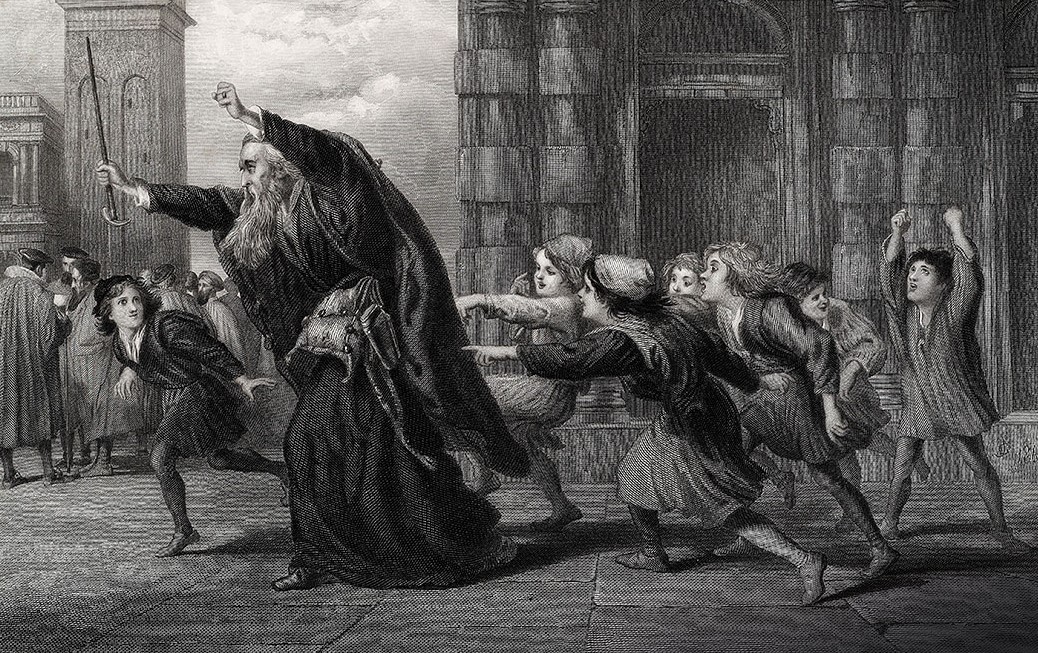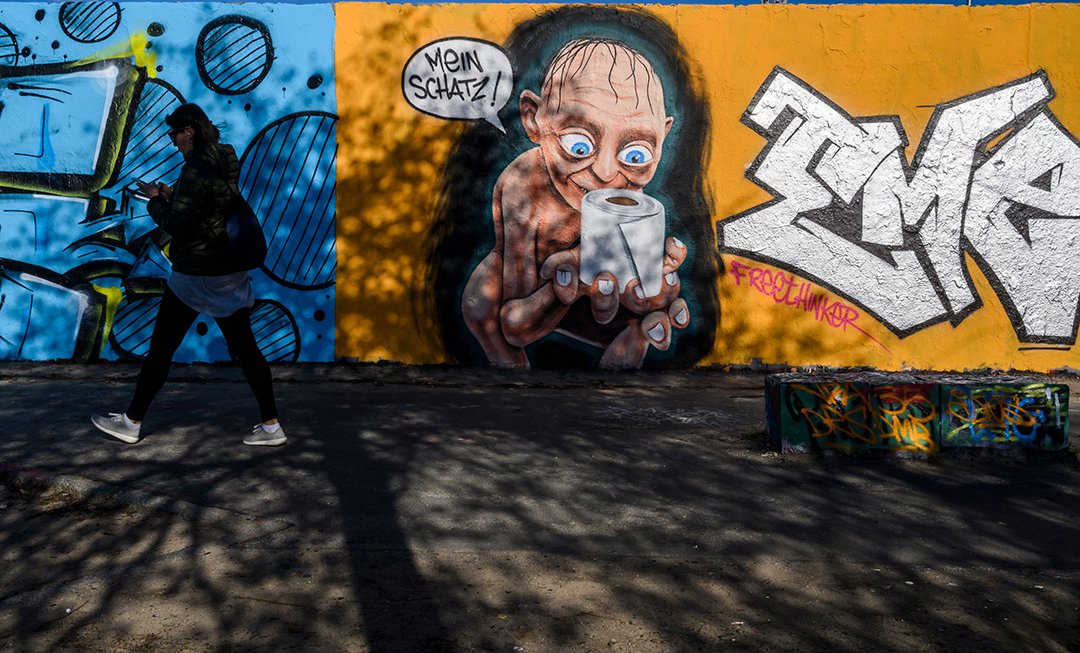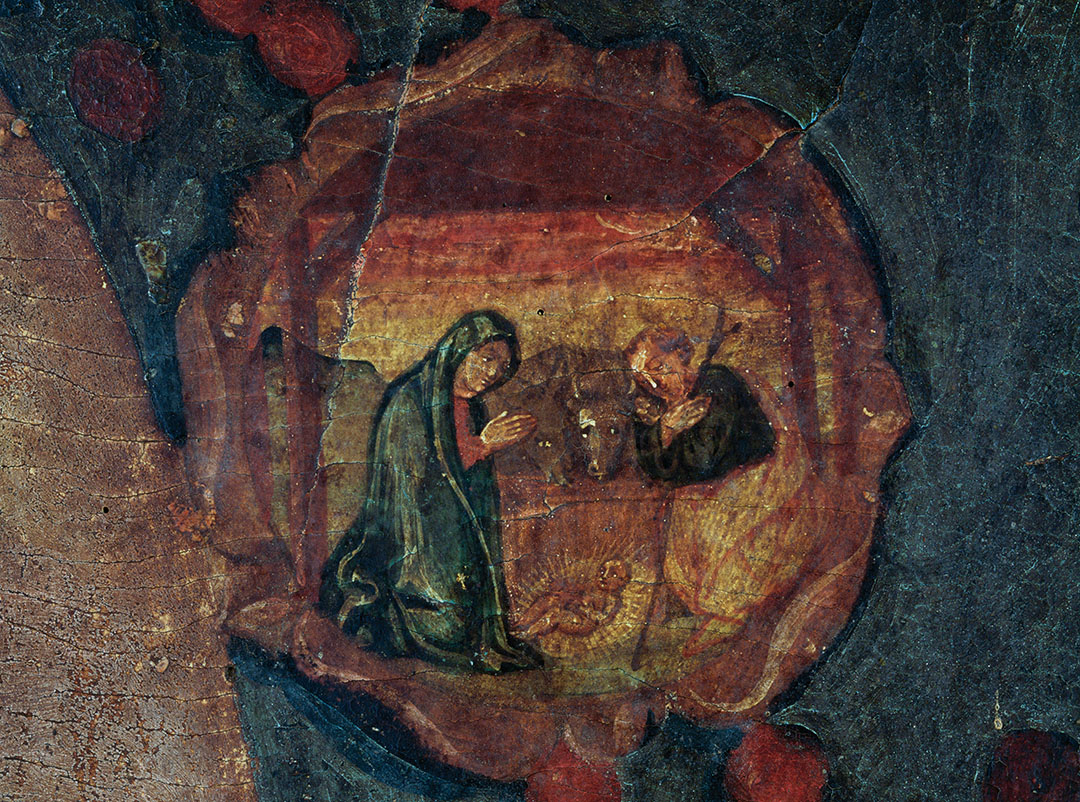
FROM SINGING “GOOD MORNING” TO A GLOBAL “HAPPY BIRTHDAY”
The story of how “Happy Birthday” became the world’s most sung song takes us to Louisville, Kentucky, in 1893. Mildred J. Hill was teaching at the kindergarten school where her sister Patty was principal. Mildred wrote a little melody, Patty filled it with some child-friendly words and, together, they created a song to greet welcoming students to class each day. That quickly spread throughout Kentucky and beyond. The catchy tune went: “Good morning to you / Good morning to you / Good morning, dear children / Good morning to all”. That year, the sisters published it in a collection entitled “Song Stories for the Kindergarten”.
Later on, in 1924, the song was included in a songbook edited by Robert H. Coleman without their permission. The author also added a second verse, containing the familiar “happy birthday”. After Mildred’s death, Patty and a third sister named Jessica took Mr. Coleman to court, where they proved that they, indeed, owned the melody. However, unbeknownst to them, the tune of “Good Morning to All” and the lyrics of “Happy Birthday to You” had already been published together many times before 1935: the first book including the combination is “The Beginners’ Book of Songs,” published by the Cable Company, a piano manufacturer, in 1912. In the mid-thirties, the tune was widely sung as a birthday celebration across the U.S.A., but the original lyrics had been forgotten.
The song entered into public domain in 2017, ending a long-running suit over its copyright.
At that time, Western Union was a telegram company, and decided to use the song in its first ever singing telegram. “Happy Birthday to You” was also featuring in two Broadway musicals. In 1935, Hills book’s publisher, Clayton F. Summy Co. filed for the copyright. Then, in 1988, its successor, the Birch Tree Group music publishers, sold the copyright to Warner/Chappell for an estimated 25 million dollars (22 million euros). The song’s strange tale took a twist in 2015, when filmmaker Jennifer Nelson filed a lawsuit against the music publisher. As part of a documentary she was making about the song and its history, she had paid 1,500 dollars (1,300 euros) to secure the rights. The following year, U.S. district judge in Los Angeles ruled that the company owned the copyright to a specific piano arrangement of the song, rather than the song itself known today.
As a result, “Happy Birthday to You” belongs to public domain since 2017. “Sing it loud, sing it proud, and sing it for free,” said a statement from the law firm which represented plaintiffs in court. Prior to the trial, Warner/Chappell had been earning 2 million dollars (1.7 million euros) a year licensing the song for commercial use. “Happy Birthday to You” is credited 471 times in the Internet Movie Database. But its defining performance was probably Marilyn Monroe’s sultry serenade to President John F. Kennedy in Madison Square Garden on May 19, 1962.

EGYPTIANS THREW THE PARTY
“On the third day, which was Pharaoh’s birthday, he made a feast for all his servants and lifted up the head of the chief cupbearer and the head of the chief baker among his servants.” (Genesis 40:20). This Bible’s reference is the oldest record of a celebration of a birthday, though some scholars claim it referred to Pharaoh’s birth as a god.
ROMANS MADE IT FOR EVERYONE
While the Roman government created public holidays in honour of famous citizens, regular citizens celebrated the birthdays of their male family members and friends.
GREEKS LIT THE CANDLES
Moon-shaped cakes were offered up to Artemis, goddess of the moon, as a tribute. To recreate the radiance of the moon, Greeks decorated them with lit candles.
AND NOW, IN PORTUGUESE
The Portuguese version, “Parabéns a Você”, has its roots in Brazil. “Happy Birthday” arrived in this country in 1930. Unhappy with the fact that it was not sung in Portuguese, the host of Rádio Tupi, based in Rio de Janeiro, launched a contest for the listeners to write lyrics for the song, in 1942. Bertha Celeste Homem de Mello was the winner, among more than 5,000 participants. According to the Brazilian newspaper Globo, Bertha’s daughter began to receive, in 2009, 16.66% of the copyright whenever the song was sung in public in Brazil, while the remaining 83.4% were divided between Warner Chappell and Hills sisters’ heirs.
WISHING HAPPINESS UNTIL 3,000
In Colombia, the song is quite similar to the Spanish one, but adds a special wish: “que los siga cumpliendo hasta el año 3,000”, meaning “hope you have more birthdays, until the year 3,000”. Every birthday party in the country has a piñata and the traditional ponqué negro, a wine-drenched cake with a cream or sugar coating. When a girl turns 15, there is a coming of age party that marks the transition from childhood to young womanhood. The quinceañera usually wears colourful dress which is the centerpiece of the celebration. Other – less orthodox – traditions include “la enmaizenada”, a prank where a box of maizena (corn starch) is dumped on the birthday person.
100 YEARS! SING THE POLISH
“Sto Lat” (meaning “100 Years”) is the Polish birthday song’s title. Its tune is very different from the one in English. “Sto Lat”’s author and exact origin are unknown. The phrase is also often used to wish someone longevity or good fortune, or as a toast without the song. That is what happens every name day or “imieniny”. In most of Poland, especially among older people, name days are as important as one’s birthday.



